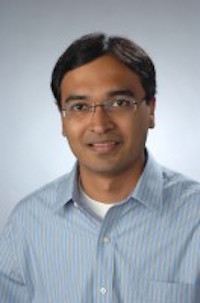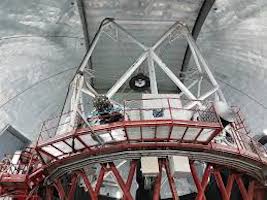
MELBOURNE (TIP): Australian researchers have used photons — single particles of light — to simulate quantum particles travelling through time. University of Queensland researchers used photons to simulate quantum particles travelling through time and study their behaviour, possibly revealing bizarre aspects of modern physics.
“The question of time travel features at the interface between two of our most successful yet incompatible physical theories — Einstein’s general relativity and quantum mechanics,” said lead author and PhD student Martin Ringbauer, from UQ’s School of Mathematics and Physics.
“Einstein’s theory describes the world at the very large scale of stars and galaxies, while quantum mechanics is an excellent description of the world at the very small scale of atoms and molecules,” he said. Einstein’s theory suggests the possibility of travelling backwards in time by following a space-time path that returns to the starting point in space, but at an earlier time — a closed timelike curve.
This possibility has puzzled physicists and philosophers alike since it was discovered by Kurt Godel in 1949, as it seems to cause paradoxes in the classical world, such as the grandparents paradox, where a time traveller could prevent their grandparents from meeting, thus preventing the time traveller’s birth. This would make it impossible for the time traveller to have set out in the first place.
UQ physics professor Tim Ralph said it was predicted in 1991 that time travel in the quantum world could avoid such paradoxes. “The properties of quantum particles are ‘fuzzy’ or uncertain to start with, so this gives them enough wiggle room to avoid inconsistent time travel situations,” he said.





Be the first to comment